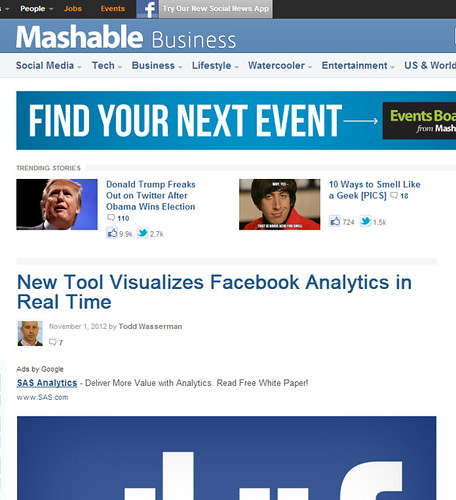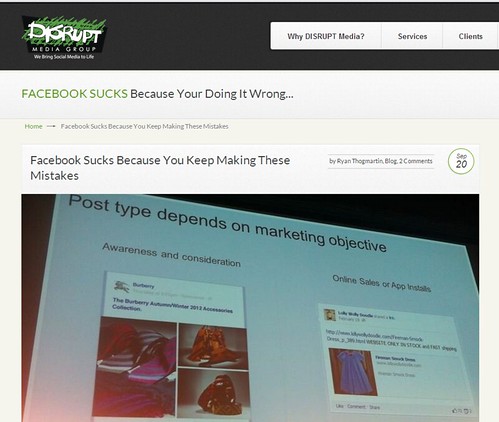 News on Google Marketing, according to Brafton: to have an effective search engine optimization, it is very important to have a strong library of incoming links that is why, today, Google is counting incoming links from subdomains as internal links.
News on Google Marketing, according to Brafton: to have an effective search engine optimization, it is very important to have a strong library of incoming links that is why, today, Google is counting incoming links from subdomains as internal links.
An example is if a brand with a blog at news.company.com links to its main site, these will now be counted as internal links as opposed to external links. Before, internal links only categorizes links that begins with the business’ exact domain name. However, with the new system, even subdomain links will now be counted as internal links.
Google’s webmaster trends analyst, Susan Moskway, explained on the company blog that this is because most people consider subdomains to be a part of the overarching website. “We’ve also extended this idea to include other subdomains, since many people who own a domain also own its subdomains,” she said.
Upon viewing their data within Google Webmaster Tools, brands will immediately see the changes. It is however, not clear if the weight internal links have on a website’s search rankings, will be changed by Google.
In July, Google accounts for majority of queries conducted by Americans with more than 11 billion searches on Google-owned websites, according to comScore.
Read more at Google changes the way it classifies internal links
 News on Facebook Marketing, according to Mashable: a new tool allowing you to visualize user engagement on those Pages in real time has been launched by PageLever. PageLever supplies you analytics tools for brands with Facebook Pages.
News on Facebook Marketing, according to Mashable: a new tool allowing you to visualize user engagement on those Pages in real time has been launched by PageLever. PageLever supplies you analytics tools for brands with Facebook Pages.
Charts showing which status updates are hitting and for how long is now provided with PageLever. Before, such data is updated by Facebook every 15 minutes or so, but only as raw data.
PageLever allows you to manage your Page more effectively s you will be able to see this data in real time. An example is by buying a Promoted Post, where you can magnify the effect of a status update that is getting an unusual traction. And you can better schedule status updates to take advantage of your impact by becoming aware of the ebbs and flows of post reactions. Also, posts with the most fan reaction ascend to the top as the tool ranks your current posts not in chronological order, but by engagement.
Last September, Google started providing real-time analytics to page managers as they usually had to wait about 48 hours to get such reports from Facebook.
Read more at New Tool Visualizes Facebook Analytics in Real Time
 News on Facebook Marketing, according to Disrupt Media Group: using Facebook correctly will make it work, but it’s not the field of dreams. Facebook’s ad products boss Gokul Rajaram, discussed the “common mistakes” people made in trying to market their brands and products on Facebook:
News on Facebook Marketing, according to Disrupt Media Group: using Facebook correctly will make it work, but it’s not the field of dreams. Facebook’s ad products boss Gokul Rajaram, discussed the “common mistakes” people made in trying to market their brands and products on Facebook:
Acquiring low-quality fans through incentives or gimmicks – Brands should keep a brand page that has fans that became fans not because of tricks and gimmickry.
Focusing on pure quantity of fan acquisition – Have huge fans that care about a brand’s products or brands to amplify your brand messaging.
Not thinking deeply about feed and mobile distribution – Rajaram advice marketers to buy ads for the News Feed and not to focus on those ads on the right side of Facebook.com pages.
Focusing on posts, but not on user stories – Rajaram says it is a mistake for brands not to pay up to spread “user stories” around for those units actually perform better than the original ads.
Relying purely on organic distribution – Rajaram says that brands using Facebook brand pages commits a mistake by not buying Facebook ads to promote them.
Thinking that Facebook ads don’t drive performance – Rajaram says that it is not true that Facebook is only good for awareness marketing for a company called PetFlow gets 20% of its transactions and 30% of its new customers directly from Facebook.
Ignoring targeting and optimization – Rajaram thinks marketers no longer do enough in targeting, in Facebook, users who have visited their Web page in the past, through Facebook Ad Exchange.
Focusing on short term performance – Rajaram told the audience not to give up easily for it’s their “job” and “duty” to figure out in making social marketing work.
Read more at Facebook Sucks Because You Keep Making These Mistakes
Other Social Marketing Articles of Interest
4 RULES FOR TODAY’S SOCIAL BUSINESS JOURNEY
BECOMING A SOCIAL BUSINESS ISN’T JUST FOR SOCIAL MEDIA
